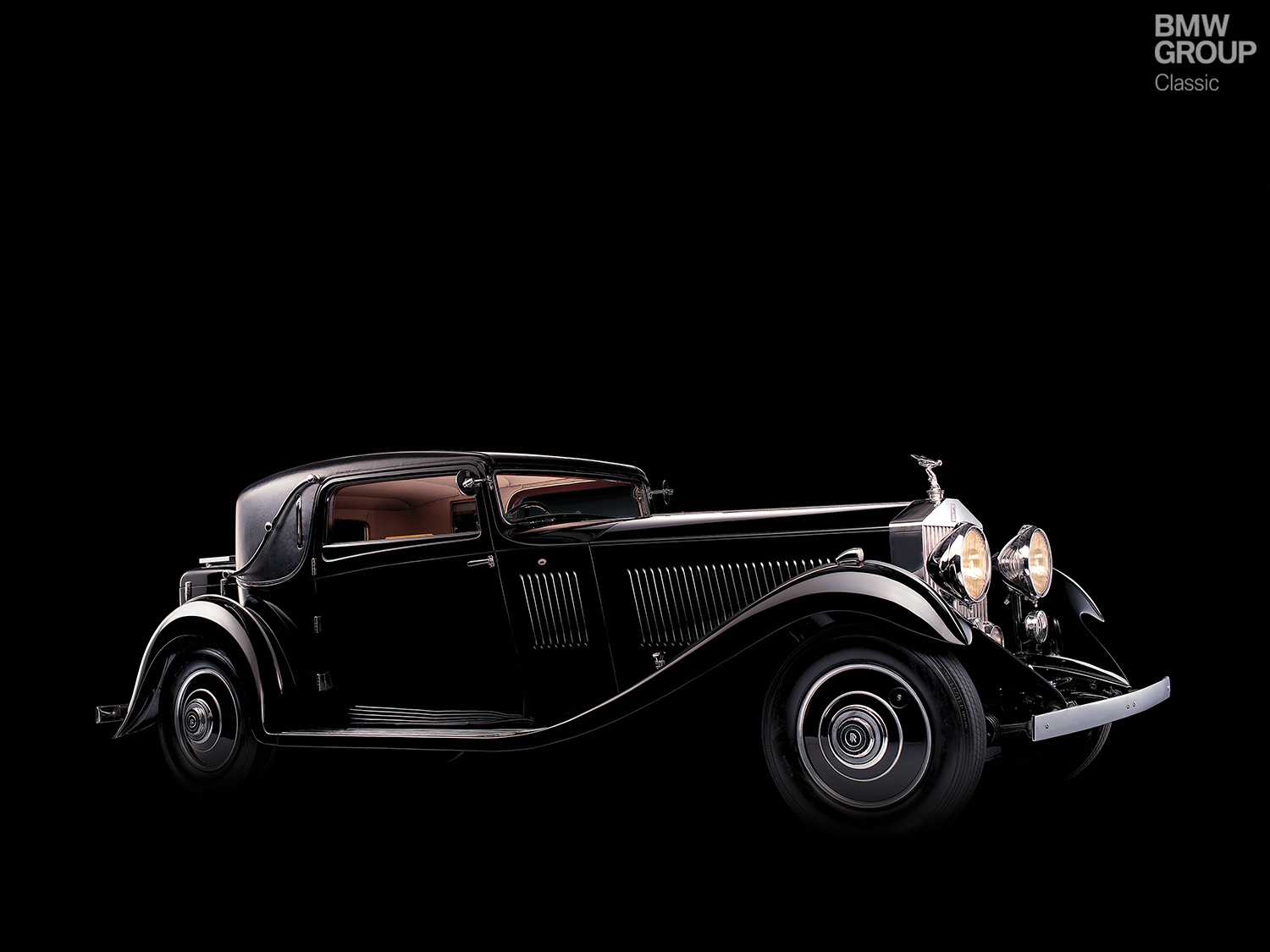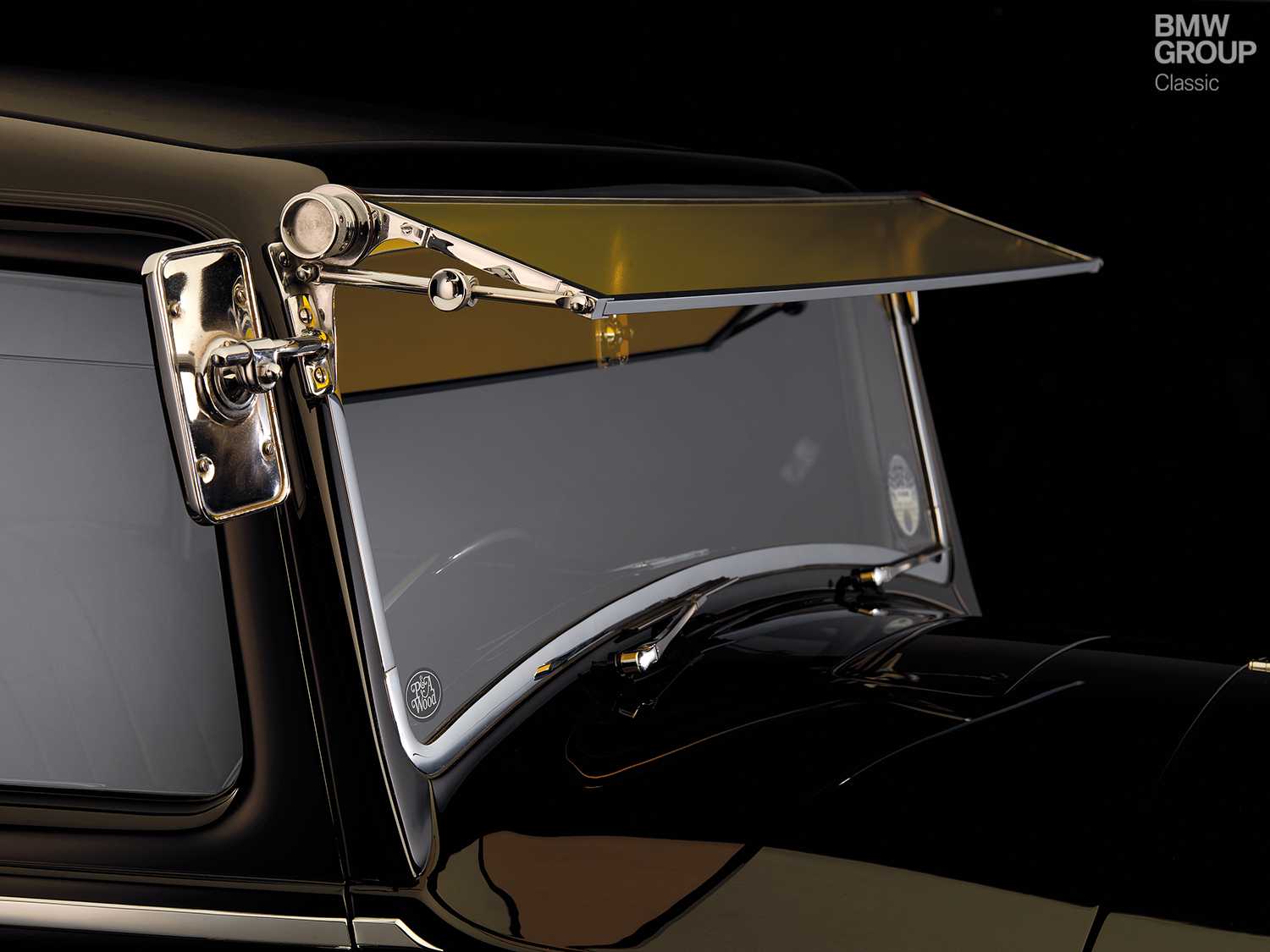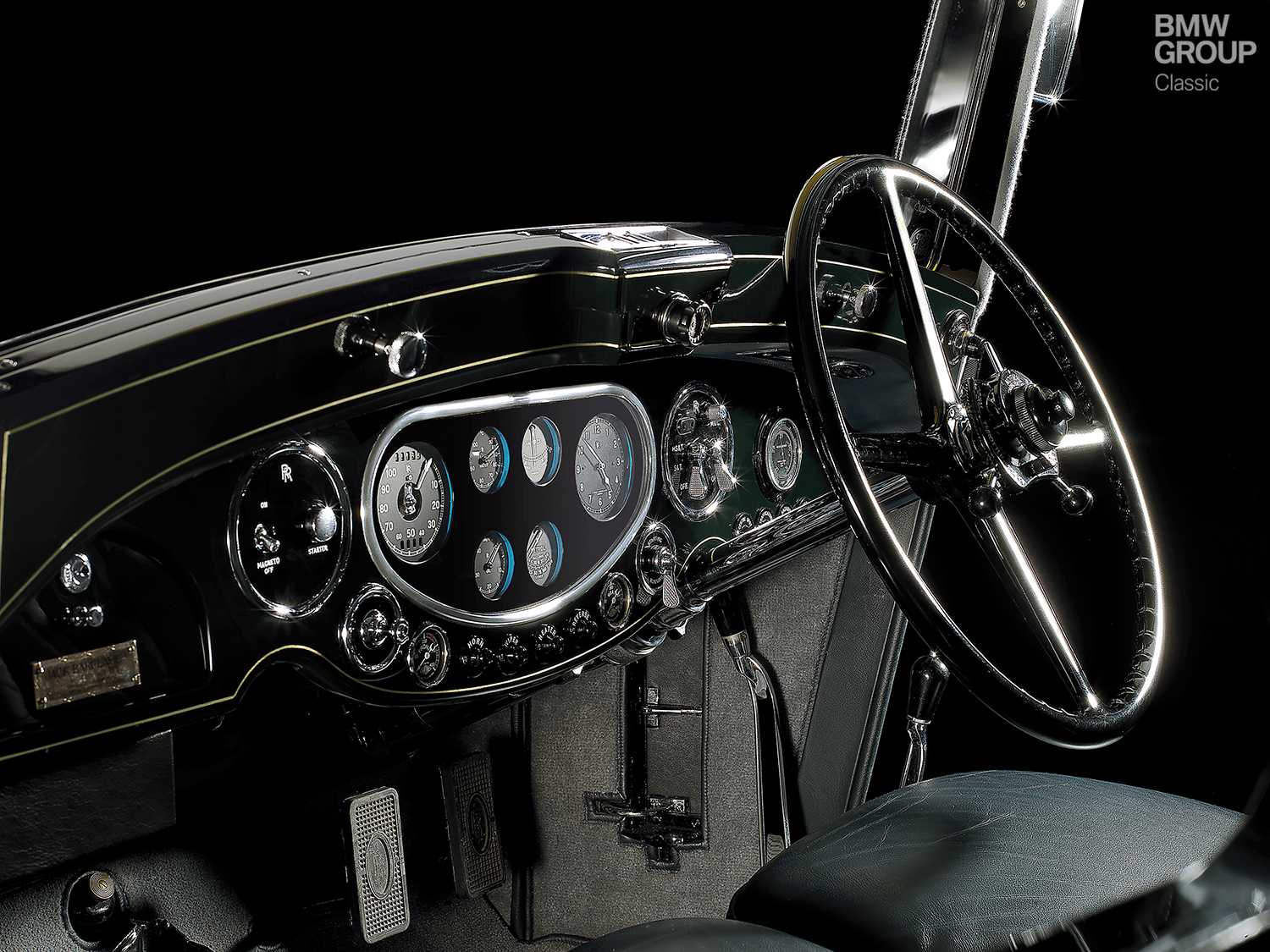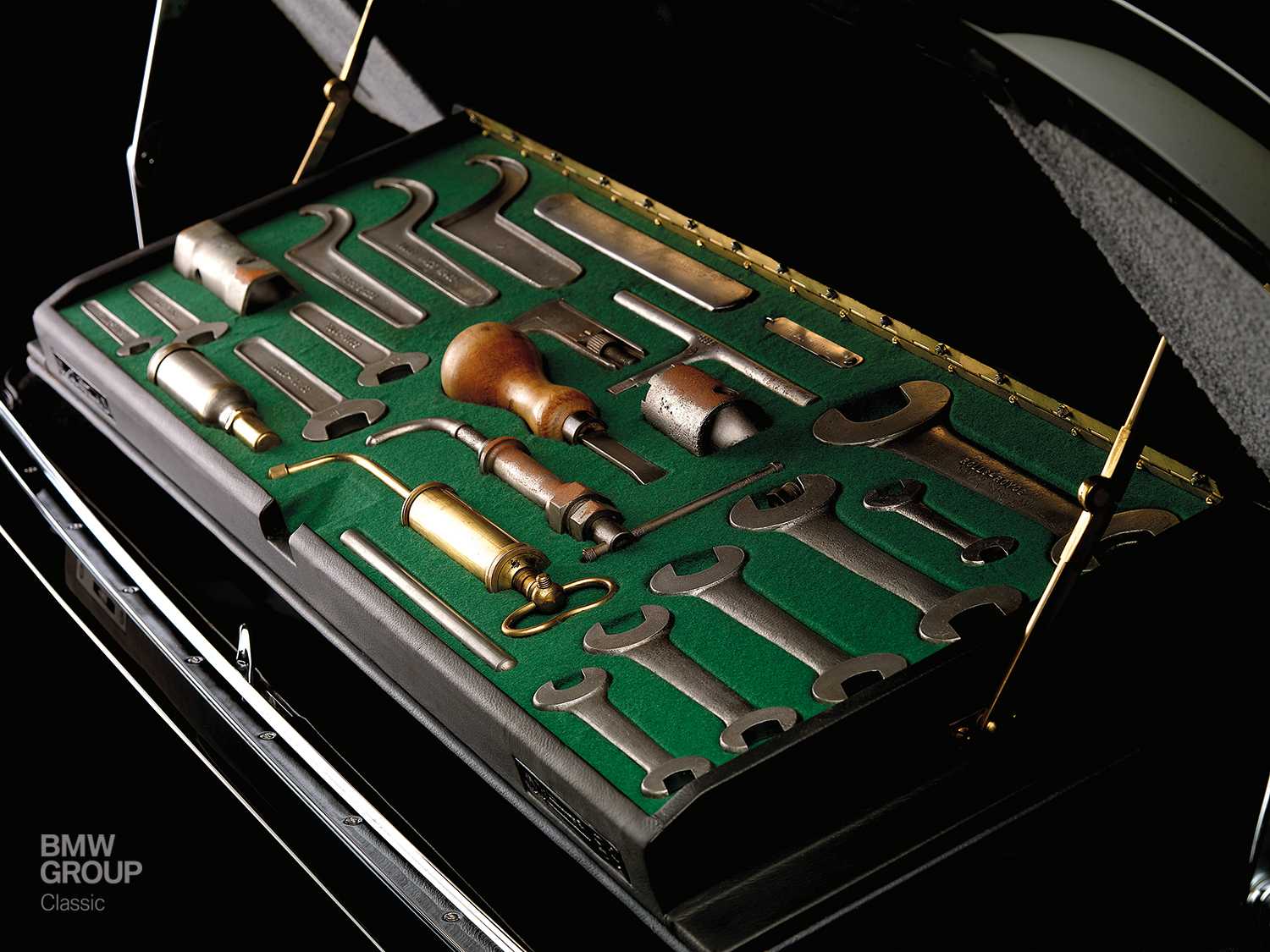Back in 1906, the first Rolls-Royce – a one-off example of which was christened “Silver Ghost” at its presentation – caused a sensation of spectacular proportions. Extremely powerful but also very quiet, the car encapsulated a robustness and dependability arguably without equal at the time. That very special mystique of Rolls-Royce was there from the start; you could feel it.
Modern times.
The years following the First World War changed everything. In England a brief economic boom was followed by a long recession and high unemployment. And so Rolls-Royce decided to change tack strategically, away from a single model to a pair of vehicles very different in nature. The move heralded the introduction of a smaller model, the 20 hp. And in 1925 the New Phantom succeeded the Silver Ghost series, which up to then had officially (and rather more prosaically) gone by the name “40/50 hp”.
Next up in 1929 was the Phantom II, a logical next step along the development curve and an improved car all round. The 7.7-litre six-cylinder engine now formed a single unit with the gearbox, but strayed very little from its installation in the Phantom I (as the New Phantom had been renamed). The chassis, however, was all new. 230 mm lower and flatter in design, it was lighter too and enhanced the car’s driving qualities. The semi-elliptical springs front and rear were also new and improved comfort levels.
His master’s voice.
Henry Royce was a passionate engineer and gathered a team of outstanding colleagues around him. Royce liked to sketch out and pass on his ideas on sheets of paper; elaborate details weren’t really his thing. The first entirely new chassis prototype arrived in 1928, with coachbuilder Barker providing an extremely elegant “Sports Saloon” body for the job in hand. Later customers could choose between a somewhat shorter chassis (3.66 m) or the 3.81 m long version. Performance figures were similarly impressive. The engine developed 120 hp which, aided by the enhanced aerodynamics, enabled a top speed of 145 km/h (90 mph) and 0 to 100 km/h (62 mph) in just under 20 seconds. In the late 1920s these were sports car figures – and therefore quite the show-stealer for a car of this size and furnishings.
One-offs in series.
Until the Silver Dawn of 1949, Rolls-Royce only made chassis and left the coachbuilding side of things to renowned specialists, such as Park Ward and H.J. Mulliner. Every Phantom II is, then, essentially a one-off. Hardtop saloons lined up alongside convertibles and coupés, while spectacular examples with wooden “boat tails” shared the stage with luxury versions of shameless flamboyance, commissioned by the most powerful rulers on the planet. And so, over the years, the firm that strives so famously for absolute perfection has spawned a variety of personal styles, fashions and classics arguably unmatched by any other carmaker.
End of an era, but the legend endures.
Sir Henry Royce died in 1933 at the age of 70 after a long illness, while Charles Rolls lost his life in an aircraft accident in 1910 aged just 32. The Phantom II drew a line under Royce’s tireless contribution to building the perfect automobile. But its successors have remained true to its spirit to this day.




